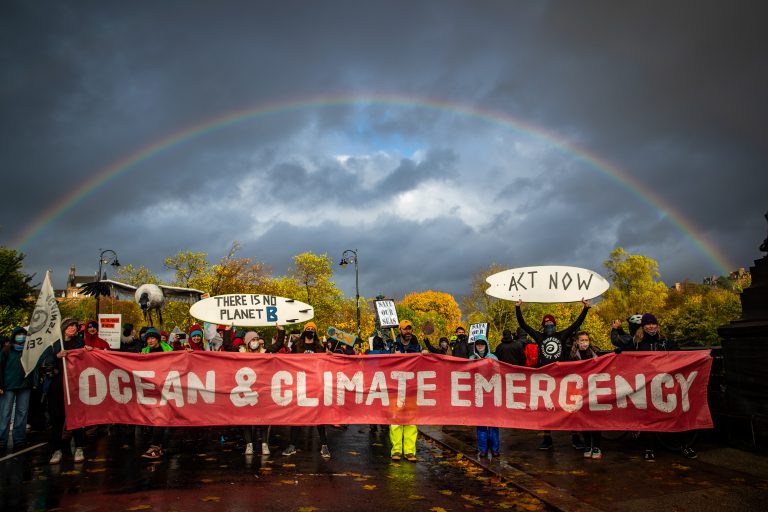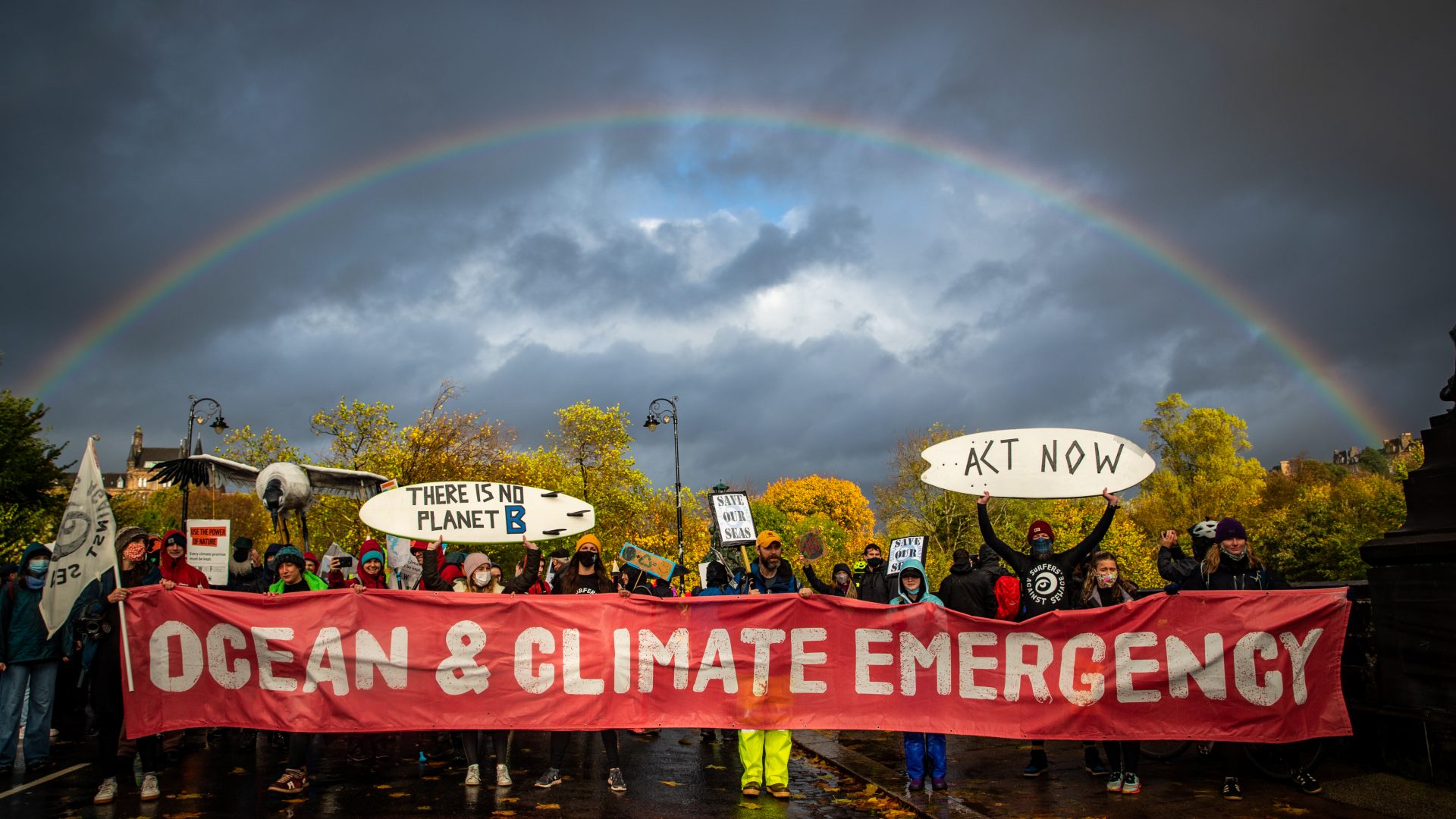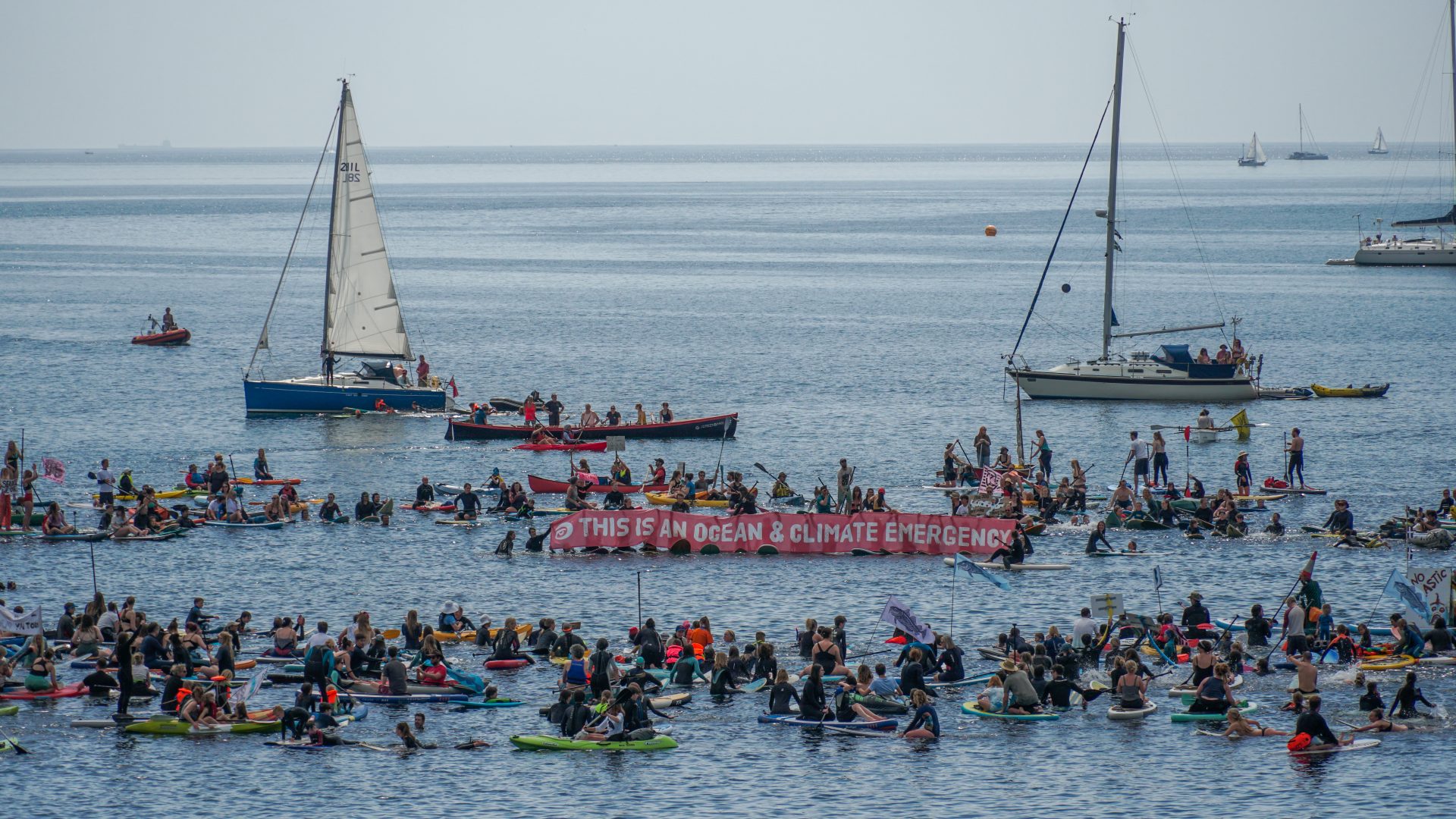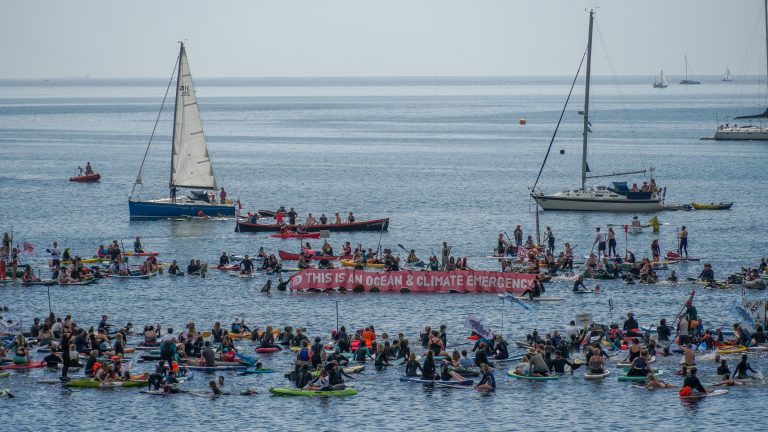
How is international climate action tackling the ocean & climate emergency?
International Action and COP
International climate action is coordinated by the United Nations through their Framework Convention on Climate Change, known as (UNFCCC). Ever year, the United Nations hosts a climate conference, bringing together 197 countries to discuss how they will tackle the climate crisis. This is known as Conference of Parties of COP. The conference is the main mechanism for decisions to be made on monitoring and renewing the implementation of the United Nations Framework Convention on Climate Change (UNFCCC).
What happens at COP?
Ahead of the conference, the 167 Members party to the Paris Agreement outline their progress towards their climate commitments to keep planetary warming to below 2 (with an aim for 1.5) degrees Celsius, known as Nationally Determined Contributions (NDCs). COP meetings revolve around negotiations and debates with the aim of reviewing progress towards the overall goal of the UNFCCC. Parties refine targets, agree rules, and form binding treaties like the Kyoto Protocol and the Paris Agreement.
What happened at COP26?
In 2021 COP came to Glasgow. This was no ordinary COP. COP26 marked five years since the Paris Agreement, and under the conditions of the agreement all countries were required to renew their NDCs. The eyes of the world were on Scotland. Almost 70,000 Ocean Activists signed our petition demanding the ocean be front and center of COP discussions. But what happened at COP26, and did world leaders act to turn the tide on the Ocean and Climate Emergency?
The good:
A new global agreement – The Glasgow Climate Pact – was reached at the summit, signed by all 192 countries. There was an overwhelming consensus that temperatures must be kept within 1.5 degrees to prevent climate catastrophe. The Pact included agreements on increasing funds for poorer countries, a phase-out of fossil fuel subsidies, and – for the first time – a commitment on coal.
We also saw 100 countries (home to 85% of the world’s forests) promise to stop deforestation by 2030; a scheme to cut 30% of methane emissions by 2030 agreed by 100 countries; commitments from financial institutions to back ‘clean’ technology; and Panama, Costa Rica, Ecuador and Columbia announcing a new 200,000m2.
The bad:
Once again, international agreements failed to answer the cry for help from the most vulnerable nations, who are dealing with the impacts of climate crisis now. Whilst indigenous communities were kept away from the negotiation tables altogether.
A last minute intervention by India and China saw the watering down of commitments to ‘phase out’ coal, changing the wording to the less definitive ‘phase down’. With the burning of coal accounting for 40% of global carbon emissions, this is a considerable roadblock to our ability to keep 1.5 alive.
The ugly:
Whilst countries under the Paris Agreement had committed to submitting new NDCs, not all followed through. And of the 151 that did, it was calculated that new commitments would only shave 0.2 degrees off warming – and only if fully implemented – putting us on a trajectory of over 2 degrees of warming. This increase would lead to deep, far-reaching and catastrophic climate impacts, with unprecedented destruction of the ocean, rivers, land and forests, as well as untold human suffering.




